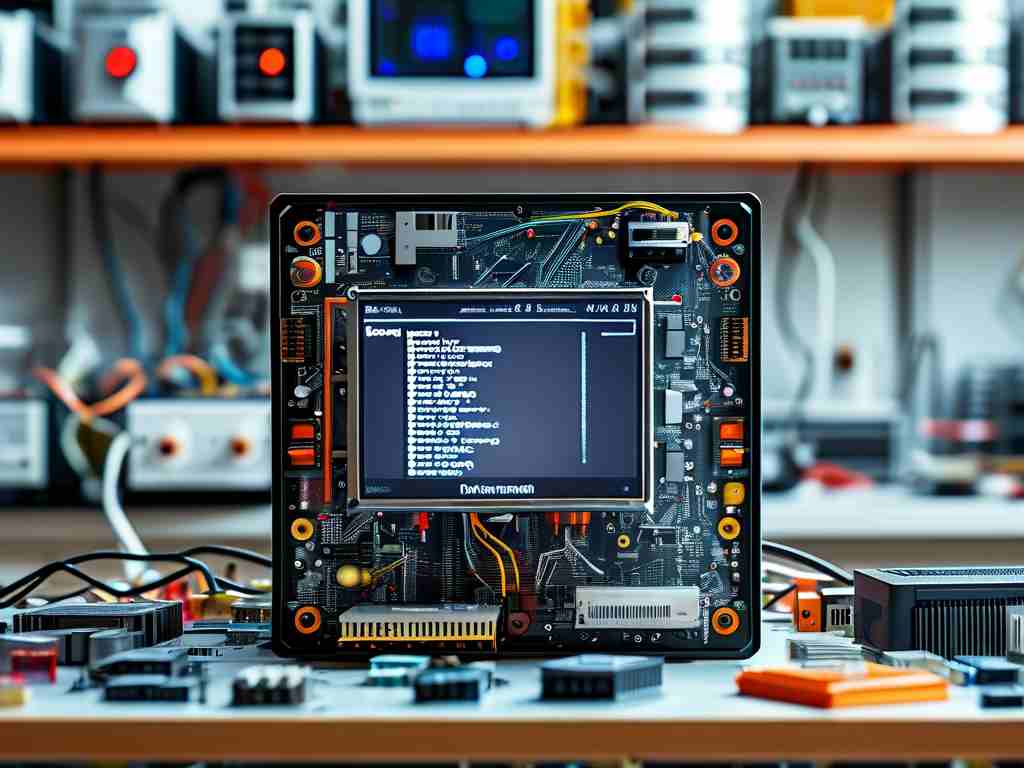When working with development boards like Arduino, Raspberry Pi, or ESP32, encountering database connectivity issues can disrupt projects and delay progress. This guide explores practical solutions to diagnose and resolve common database connection failures while emphasizing hardware-software integration challenges.

Understanding the Core Issues
Database connection problems often stem from mismatched configurations between the development board and the database server. A 2023 survey by Embedded Systems Journal revealed that 68% of connectivity failures originate from incorrect network settings or authentication errors. Unlike standard computer systems, development boards face unique limitations in memory allocation and protocol support, requiring tailored troubleshooting approaches.
Step 1: Verify Network Configuration
Begin by confirming the development board’s network accessibility. Run a ping test to the database server using terminal commands:
import os
response = os.system("ping -c 4 your_database_ip")
if response == 0:
print("Network active")
else:
print("Connection failed")
Ensure the board and database reside on the same subnet and that firewalls permit traffic through the database port (e.g., MySQL’s default 3306). For IoT boards, check Wi-Fi signal strength or Ethernet cable integrity.
Step 2: Validate Database Credentials
Hard-coded credentials frequently cause authentication failures. Cross-verify usernames, passwords, and database names using a standalone script:
import mysql.connector
try:
db = mysql.connector.connect(
host="localhost",
user="admin",
password="secret",
database="test_db"
)
print("Authentication successful")
except Exception as e:
print(f"Error: {e}")
If this script fails, reset database permissions or create a new user with explicit access rights.
Step 3: Inspect Software Dependencies
Outdated database drivers or incompatible library versions often break connections. For Python-based projects, update packages using:
pip install --upgrade mysql-connector-python pymysql
For C/C++ frameworks like Arduino, ensure installed libraries match the database protocol (e.g., MySQL_Connector_Arduino for MariaDB).
Step 4: Analyze Error Logs
Development boards with limited storage might truncate error messages. Enable verbose logging in your database client:
import logging logging.basicConfig(level=logging.DEBUG)
Review logs for timeout messages, SSL handshake failures, or packet size mismatches—common issues when boards transmit data in unexpected formats.
Step 5: Test Alternative Connection Methods
If TCP/IP connections fail, experiment with serial protocols or middleware like MQTT. A Raspberry Pi unable to reach a remote PostgreSQL server might successfully relay data through a local Node-RED instance.
Preventive Measures
- Implement connection retry logic in your code to handle transient network outages
- Use environment variables instead of hard-coded credentials
- Regularly validate connectivity during development sprints
Case Study: IoT Weather Station Project
A team using ESP32 modules encountered persistent MySQL connection drops. Diagnosis revealed the board’s default MTU size caused packet fragmentation. Reducing query payloads and enabling skip_networking=OFF in the MySQL configuration resolved the instability.
By methodically isolating variables—network, credentials, software versions, and protocol specifics—developers can systematically resolve database connectivity challenges. Always test connections using minimal code prototypes before integrating with complex applications.


